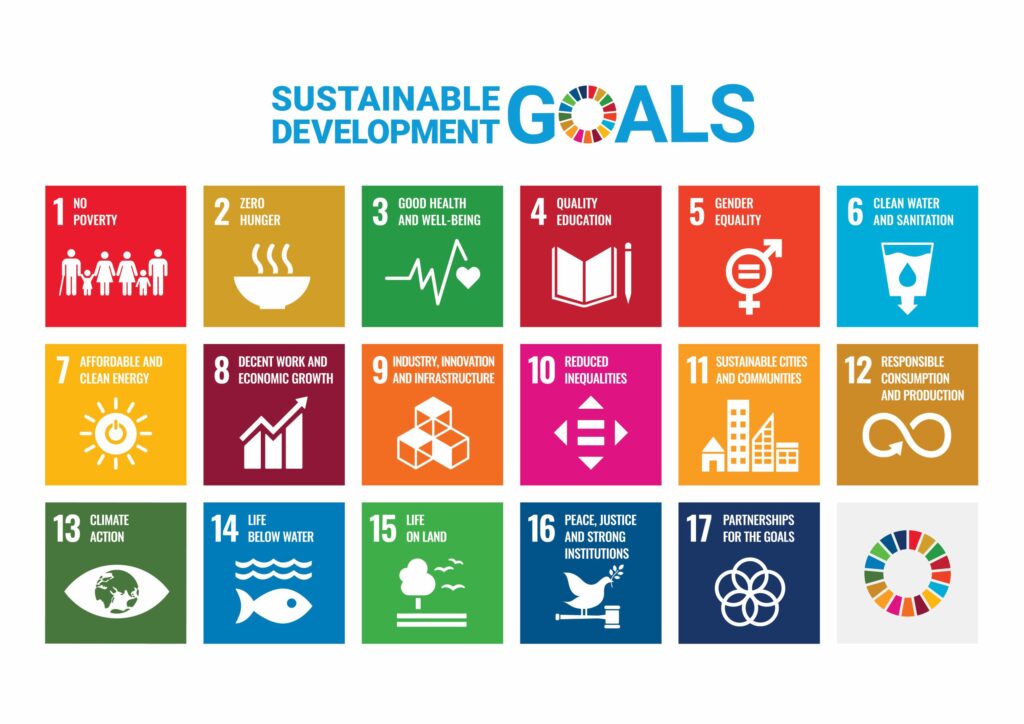Dietary available phosphorus restriction and skeletal integrity in stomachless fish Gnathopogon caerulescens and Carassius auratus: the effects of ferric chloride supplementation
DOI:
https://doi.org/10.5281/zenodo.13325772Keywords:
Skeletal deformity, Bone density, Dietary phosphorus, Sustainable aquaculture, Environmental technologyAbstract
Phosphorus is abundant in most feed ingredients and classified into two forms: available phosphorus and unavailable phosphorus. Available phosphorus is absorbed in the intestines of fish and used for various physiological needs. Any excess available phosphorus is excreted in urine, which is water-soluble and directly stimulates the growth of algae and macrophytes in surrounding water bodies. Therefore, minimizing the available phosphorus content in feeds to match the exact requirement level of fish is necessary to reduce the environmental impacts of aquaculture and promote its sustainable development. This study aimed to develop a technology to minimize the available phosphorus content in aquaculture feeds using ferric chloride as a phosphorus-binder. In a soybean meal-based diet devoid of inorganic phosphorus, the dietary addition of ferric chloride had no measurable effect on bone ash content or bone formation in experimental fish: Gnathopogon caerulescens and Carassius auratus, both stomachless fish belonging to the cyprinid family. However, in a purified diet containing a normal concentration of inorganic phosphorus, the dietary addition of ferric chloride significantly decreased the bone ash content of the fish. Similarly, in a commercial diet containing inorganic phosphorus, dietary ferric chloride decreased the bone ash content of the fish. In conclusion, for diets containing soluble inorganic phosphorus, supplementing with ferric chloride can reduce the available phosphorus content, thereby decreasing the phosphorus burden on surrounding water bodies. However, when reducing the dietary available phosphorus content, it is advisable to occasionally monitor the bone ash content or check for bone deformities in cultured fish to prevent clinical deficiencies.
References
Banaszkiewicz, T. (2011). Nutritional value of soybean meal. Soybean and Nutrition, 2011, 1-20. DOI: 10.5772/23306
Bashar, R., Gungor, K., Karthikeyan, K. G., & Barak, P. (2018). Cost effectiveness of phosphorus removal processes in municipal wastewater treatment. Chemosphere, 197, 280-290. https://doi.org/10.1016/j.chemosphere.2017.12.169
Bunce, J. T., Ndam, E., Ofiteru, I. D., Moore, A., & Graham, D. W. (2018). A review of phosphorus removal technologies and their applicability to small-scale domestic wastewater treatment systems. Front. Environ. Sci. 6 - doi.org/10.3389/fenvs.2018.00008
Bureau, D. P., & Cho, C. Y. (1999). Phosphorus utilization by rainbow trout (Oncorhynchus mykiss): estimation of dissolved phosphorus waste output. Aquaculture, 179(1-4), 127-140. https://doi.org/10.1016/S0044-8486(99)00157-X
Caravelli, A. H., Contreras, E. M., & Zaritzky, N. E. (2010). Phosphorous removal in batch systems using ferric chloride in the presence of activated sludges. Journal of Hazardous Materials, 177(1-3), 199-208. https://doi.org/10.1016/j.jhazmat.2009.12.018
Doshi, S. M., & Wish, J. B. (2022). Past, present, and future of phosphate management. Kidney International Reports, 7(4), 688-698. https://doi.org/10.1016/j.ekir.2022.01.1055
Eya, J. C., & Lovell, R. T. (1997). Available phosphorus requirements of food-size channel catfish (Ictalurus punctatus) fed practical diets in ponds. Aquaculture, 154(3-4), 283-291. https://doi.org/10.1016/S0044-8486(97)00055-0
FAO. (2022). FAO Fisheries and Aquaculture Division. Rome. https://doi.org/10.4060/cb8609en
Fytianos, K., Voudrias, E., & Raikos, N. (1998). Modelling of phosphorus removal from aqueous and wastewater samples using ferric iron. Environmental Pollution, 101(1), 123-130. https://doi.org/10.1016/S0269-7491(98)00007-4
Hsu, C. H., Patel, S. R., & Young, E. W. (1999). New phosphate binding agents: ferric compounds. Journal of the American Society of Nephrology, 10(6), 1274-1280. DOI: 10.1681/ASN.V1061274
Morse, G. K., Brett, S. W., Guy, J. A., & Lester, J. N. (1998). Phosphorus removal and recovery technologies. Science of the Total Environment, 212(1), 69-81. https://doi.org/10.1016/S0048-9697(97)00332-X
Nathanailides, C., Kolygas, M., Tsoumani, M., Gouva, E., Mavraganis, T., & Karayanni, H. (2023). Addressing phosphorus waste in open flow freshwater fish farms: Challenges and solutions. Fishes, 8(9), 442. https://doi.org/10.3390/fishes8090442
Noack, S. R., McLaughlin, M. J., Smernik, R. J., McBeath, T. M., & Armstrong, R. D. (2012). Crop residue phosphorus: speciation and potential bio-availability. Plant and Soil, 359, 375-385. https://doi.org/10.1007/s11104-012-1216-5
Satoh, S., Viyakarn, V., Takeuchi, T., & Watanabe, T. (1997). Availability of phosphorus in various phosphates to carp and rainbow trout determined by a simple fractionation method. Fisheries Science, 63(2), 297-300. https://doi.org/10.2331/fishsci.63.297
Sekar, A., Kaur, T., Nally, J. V., Rincon-Choles, H., Jolly, S., & Nakhoul, G. N. (2018). Phosphorus binders: The new and the old, and how to choose. Cleve Clin J Med, 85(8), 629-38. doi:10.3949/ccjm.85a.17054
Shearer, K. D. (1988). Dietary potassium requirement of juvenile chinook salmon. Aquaculture, 73(1-4), 119-129. https://doi.org/10.1016/0044-8486(88)90047-6
Sugiura, S. H., Dong, F. M., & Hardy, R. W. (2000). A new approach to estimating the minimum dietary requirement of phosphorus for large rainbow trout based on nonfecal excretions of phosphorus and nitrogen. Journal of Nutrition, 130(4), 865-872. https://doi.org/10.1093/jn/130.4.865
Sugiura, S. H. (2018). Phosphorus in Fish Nutrition. Bookway Academic Publishing, Hyogo. 410 pp.
Szabó, A., Takács, I., Murthy, S., Daigger, G. T., Licsko, I., & Smith, S. (2008). Significance of design and operational variables in chemical phosphorus removal. Water Environment Research, 80(5), 407-416. https://doi.org/10.2175/106143008X268498
Teucher, B., Olivares, M., & Cori, H. (2004). Enhancers of iron absorption: ascorbic acid and other organic acids. International Journal for Vitamin and Nutrition Research, 74(6), 403-419. DOI: 10.1024/0300-9831.74.6.403
Whittaker, P. (1998). Iron and zinc interactions in humans. American Journal of Clinical Nutrition, 68(2), 442S-446S.
Downloads
Published
How to Cite
Issue
Section
License

This work is licensed under a Creative Commons Attribution-NonCommercial 4.0 International License.






